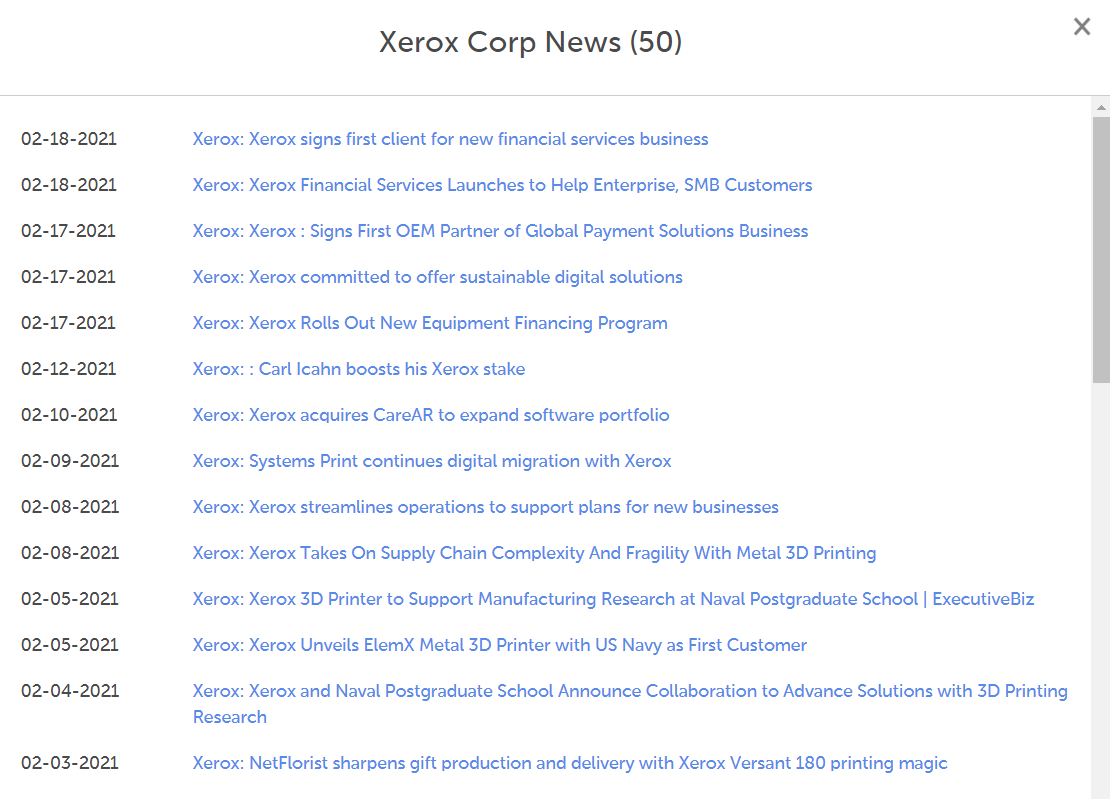Let’s get something straight – LinkedIn is not the same as other social media platforms. It’s important to remember this because as social selling gains more traction, many salespeople try and use the same tactics on LinkedIn as they would on other platforms. But unfortunately, they don’t work. Social selling is all about outreach to your networks to sell while for LinkedIn the process works in reverse. You might garner 10,000 followers on Twitter and Instagram and start promoting and selling your products, but if you try and do the same on LinkedIn, you are destined to fail.
Instead, let’s take a quick tour of what LinkedIn is all about:
- With over 740M+ users, LinkedIn is the largest community of professionals. That said, the user base is heavily skewed towards B2B space.
- Over 100 million users are either senior-level influencers or decision-makers.
- 65% of businesses say they have acquired at least one customer through LinkedIn, suggesting their trust and activity on the platform.
- Only 4% of LinkedIn users have a positive impression of cold outreach by salespeople, but 87% approve of it if someone in their network has referred them.{Source}
If you assess all these statistics, you can capture a clear picture – LinkedIn is a hub of high-quality prospects for B2B businesses who are willing to engage but generally do not prefer cold outreach or content that is overly salesy. Your job as a salesperson is to leverage the insight and network you have while compensating for the weaknesses of the platform through other methods. So let’s get started.
The process of ideal LinkedIn outreach can be segregated into a few steps:
Research Your Prospect
Whether you are prospecting to find ideal buyers or already have a target list, the first step is to research who you intend to contact. This becomes a challenge if you are neither connected to them nor have a mutual connection because then depending on their settings, you can’t even see their profile.
However, this is not an issue if you have a LinkedIn Premium account or a Sales Navigator license.
One mistake many salespeople make is that they send connection requests and messages right away. This is counterproductive because, without research, you won’t have anything valuable to say, and if they don’t accept your connection request, you end up hurting your chances.
After you have access to their profile, take your time to go through every detail. Not just their job title but also the school they went to, the posts they share, etc. Take note of any common interests you find as they are great for building trust and conversations.
Study Their Pain Points
After you get to know the person, study their pain points. It might be something common in their industry or something specific their company is facing at the moment. Take time to go through their company news and events to find something you can use as a conversation starter. This will also give you hints on their current issues for which you might have a solution.
For example, SalesIntel provides the latest information of every company, including, but not limited to, funding, launches, and acquisitions. So for instance, if Xerox Corp is your target account, you’ll get detailed information as shown in the image:

This kind of information is vital because it gives you an idea of what they are looking for and whether they are in a buying mode or not.
Find Referrals
As a networking platform, referrals play a huge role in LinkedIn outreach. As mentioned earlier, 87% of prospects will take your outreach positively if you have a referral source compared to only 4% if you don’t. So it’s worth your time and effort to find a referral for your initial outreach.
If you have a mutual connection, you can simply ask them for an introduction. But if you don’t, you can also look at their connections to find a way in. If none of that works, you can go old school and reach out to their colleagues asking for an introduction. For instance, if you want an introduction to the VP of marketing at any company, you can reach out to others in the marketing department and ask for a referral.
Start Outreach
After you have ample information on the account and the prospect, you are well equipped for your outreach. Draft your first message to reflect your research and show you have something valuable to offer. Ask some discovery questions as the prospects are more likely to respond to active questions. Your first outreach should include the following components:
- Your Introduction {including reference}
- The purpose of your outreach
- Discoveries you have made about their pain points
- Any additional discovery questions you’d like to ask
- Call to action – setting up a meeting/ a call/ response to the message, etc
Drafting LinkedIn outreach messages is a lot like writing cold emails, so check out these useful tips and templates you can use.
If you have done everything right up to this point, your connection request will likely be accepted, and you will get a response. However, on the off chance that you don’t get a response after waiting for a while, it’s better not to send repeated messages and instead try other channels like calls or emails you can also use tools to automate your LinkedIn outreach.
If you don’t have their contact information, download RevDriver and visit their LinkedIn profile to get their phone number and email address. You can also visit their company website to get a list of prospects at the company. SalesIntel offers 10 credits per month for free RevDriver users with the ability to add more based on your needs.
At this point, you can dial their number and say something like “Hi, I am John from XYZ company. I had earlier reached out to you on LinkedIn about the ABC problems you are facing and was hoping to explore potential opportunities. Is this a good time to talk? Or should I call back at an ideal time tomorrow?”
You can also check out these cold calling scripts for different situations.
Seize the Initiative
Researching prospects or writing the perfect outreach message can’t instantly win you deals. All they can do is build trust and allow you to have a conversation – a foot in the door. The sales process has just begun, and what you do from here will determine your chances of success.
And while there is no recipe to win any deal, here are some of the proven tactics that are known to bolster your chances:
Confirm Your Discovery
Asking too many questions can often come across as intimidating or irritating. So ask only those questions that they would care about or are most important to you. For others, try to confirm the answer instead of asking. For instance, instead of, “Which CRM do you use?”, make it “You use Salesforce. Is that right?”.
Let Them Talk
Many surveys have indicated that the best sales calls are those where the prospect and the sales reps speak in equal parts. It’s not a good sign if either of them speaks too much more than the other. The best way to achieve this is to ask a question and let them answer. Explain your value prop and ask their opinion. Ask their pain points and explain your solution. Keep the conversation bi-directional.
Follow Up
Around 80% of prospects say ‘No’ 4 times before they say ‘Yes’. So if they said ‘no’ on your first call and you stopped following up with them, not only do you potentially lose an opportunity but also waste all the time and efforts you put in leading up to that call. The point is, it’s never a bad idea to follow up with prospects. That doesn’t mean badgering them with sales calls or emails. Just send them some value-added content, and keep them in the nurturing pool. Six-month and one-year follow-ups are always a good idea.
Include Others in the Buying Process
This might sound counterproductive as the more people you include, the tougher it gets to sell. But the reverse is also true – the fewer people there are, the higher the chances of them ghosting you. A typical B2B buying center has around 5-7 people. Try and find who they are and engage them. You will have to put in the extra effort, but then your chances of being ghosted are lowered.
Closing Remarks
You can have an endless supply of B2B leads from LinkedIn if you know how to tap into it. The art of outreach is between identifying a prospect and having a conversation, and that’s what distinguishes great salespeople from the rest.
If you want more tips and strategies to succeed on LinkedIn, check out our LinkedIn Playbook.





